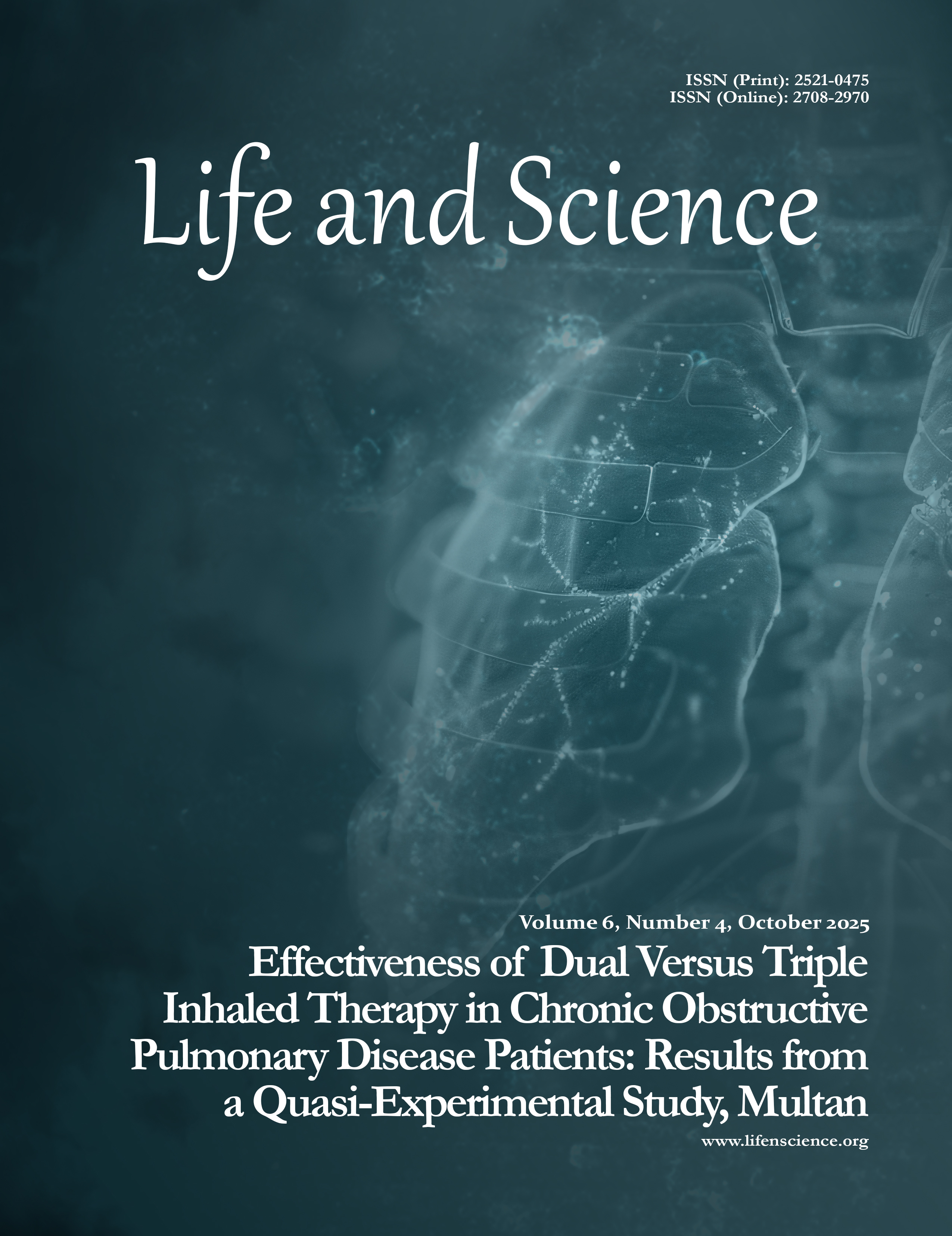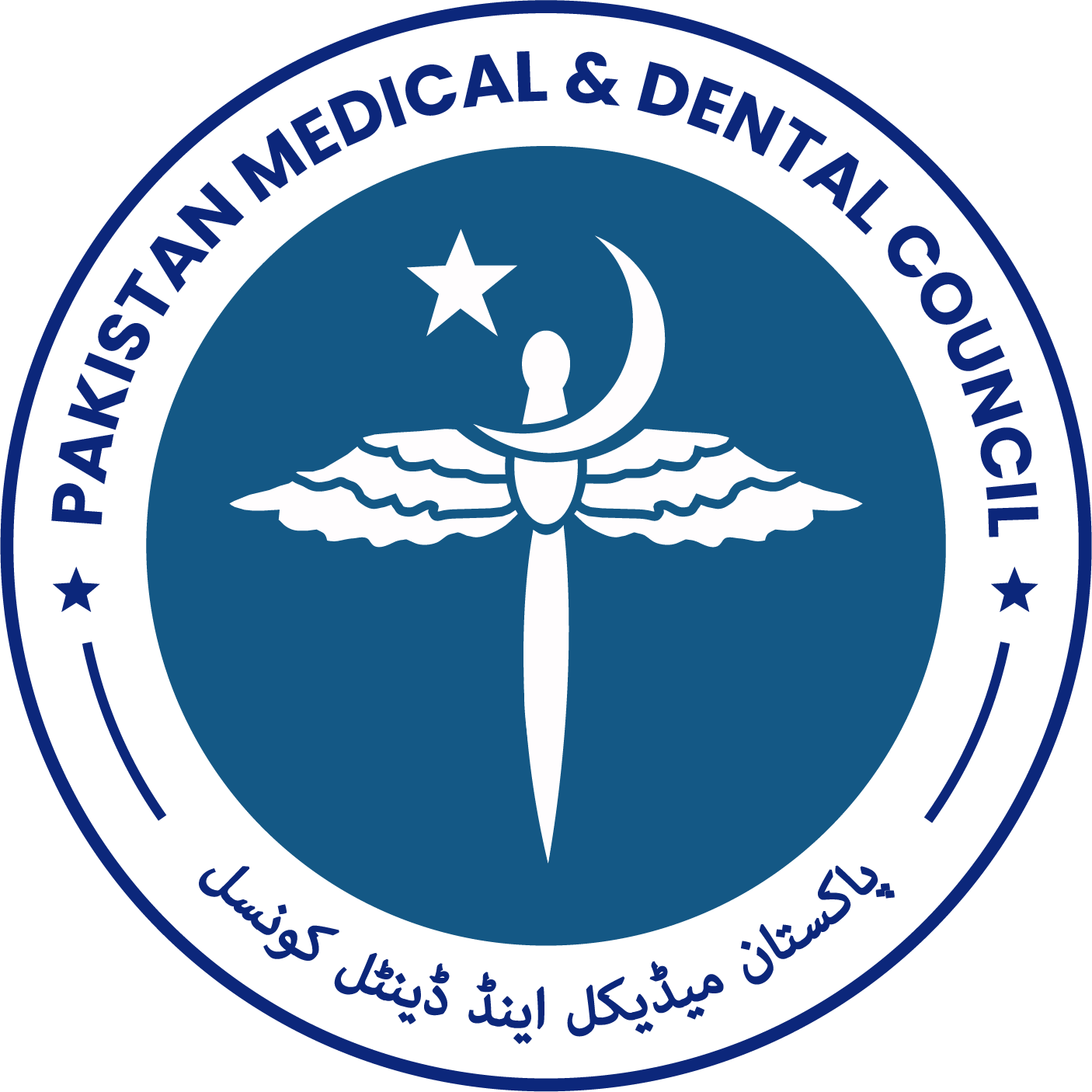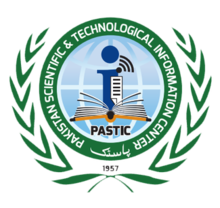Occupational Determinants of Varicose Veins: Insights from a Cross-Sectional Study at a Tertiary Care Hospital in Islamabad
Abstract
Objective: To identify the occurrence varicose veins in relation to occupation.
Study Design: Cross-sectional study.
Place and Duration of Study: This study was conducted at the Department of General Surgery, Pakistan
Institute of Medical Sciences (PIMS), Islamabad, Pakistan from January 2023 to December 2023.
Methods: All adult patients of either gender who presented to the outpatient department with varicose veins
were enrolled after taking consent by convenience sampling. Patients with chronic diseases like Diabetes
Mellitus, Hypertension, Liver disease and Kidney disease were excluded from the study. The patient's
demographic details, occupation, anthropometric measurements, smoking status, duration of symptoms, and
other medical data were recorded. Data was collected on the proforma, and analysis was done using SPSS
version 22.
Results: There were eighty patients with an overall mean age of 38.62±4.68 years (15-60 years). Among these,
there were 38 (47.5%) males and 42 (52.5%) females. The majority of varicose vein patients were caused by
standing or sitting for prolonged durations. The mean duration of standing or sitting per day and per week was
5.82±3.64 hours and 55.6±8.45 hours, respectively. It has been observed that varicose veins were significantly
associated with age, family history, and standing/sitting time. The mean duration of symptoms was 20.3±8.47
months or (1.667±0.67 years).
Conclusion: The study emphasized that certain occupational activities involving prolonged standing or sitting
are associated with an increased risk of varicose veins. The findings suggest that occupational factors, such as
prolonged periods of standing or sitting, play an essential role in the onset and progression of varicose veins.
How to cite this: Waqar SH, Khaliq M, Akhtar F, Farrukh K, Mahmood Q, Shahzad F. Occupational Determinants of Varicose Veins: Insights from a Cross-Sectional Study at a Tertiary Care Hospital in Islamabad. Life and Science. 2025; 6(4): 536-541. doi: http://doi.org/10.37185/LnS.1.1.1026
Copyright (c) 2025 S H Waqar, Mohiba Khaliq, Fahad Akhtar, Kanza Farrukh, Qaisar Mahmood, Fatima Shahzad

This work is licensed under a Creative Commons Attribution-NonCommercial 4.0 International License.

















